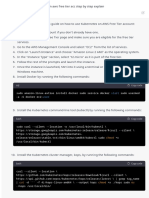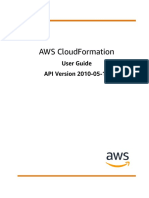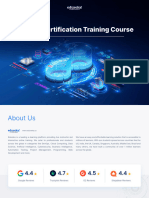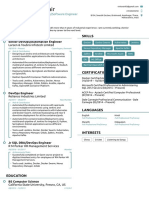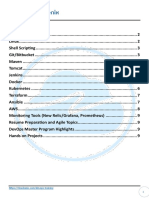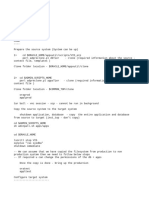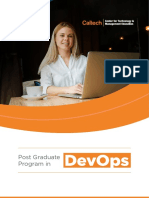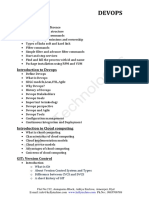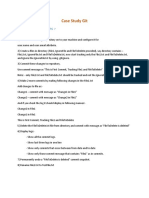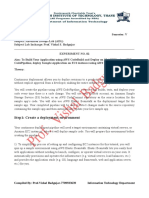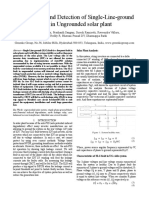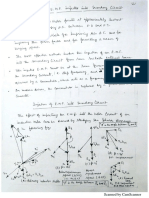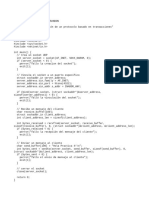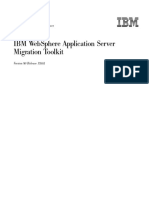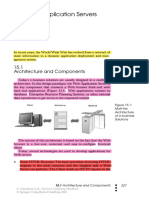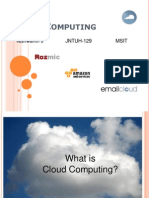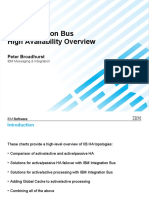0% found this document useful (0 votes)
585 views6 pagesAWS DevOps Course Syllabus
The document outlines the syllabus for an AWS DevOps course. The course covers 20 sections on topics such as cloud computing, AWS services, virtual private clouds, object storage, auto scaling, load balancing, application services, identity and access management, infrastructure as code using CloudFormation, installing DevOps tools, continuous integration and delivery with Jenkins, containerization with Docker, infrastructure as code with Terraform, Ansible, continuous testing, Kubernetes, AWS DevOps services, Linux basics and shell scripting, and concludes with real-world projects and mock interviews.
Uploaded by
Gundeboyina GopiCopyright
© © All Rights Reserved
We take content rights seriously. If you suspect this is your content, claim it here.
Available Formats
Download as PDF, TXT or read online on Scribd
0% found this document useful (0 votes)
585 views6 pagesAWS DevOps Course Syllabus
The document outlines the syllabus for an AWS DevOps course. The course covers 20 sections on topics such as cloud computing, AWS services, virtual private clouds, object storage, auto scaling, load balancing, application services, identity and access management, infrastructure as code using CloudFormation, installing DevOps tools, continuous integration and delivery with Jenkins, containerization with Docker, infrastructure as code with Terraform, Ansible, continuous testing, Kubernetes, AWS DevOps services, Linux basics and shell scripting, and concludes with real-world projects and mock interviews.
Uploaded by
Gundeboyina GopiCopyright
© © All Rights Reserved
We take content rights seriously. If you suspect this is your content, claim it here.
Available Formats
Download as PDF, TXT or read online on Scribd
/ 6












